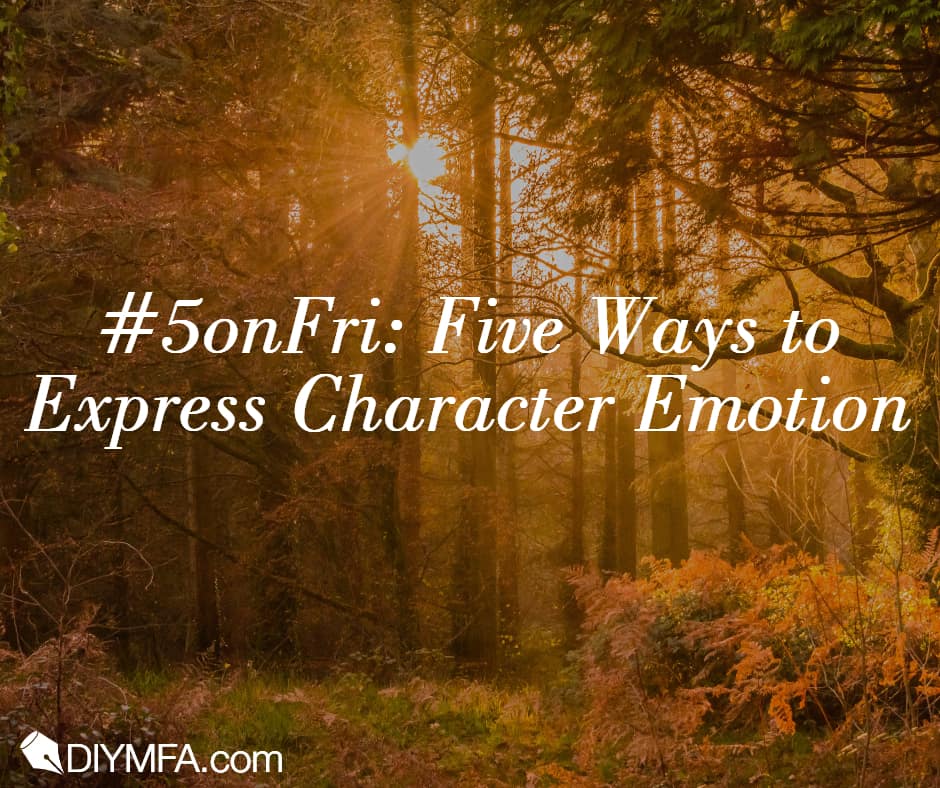The Key to Epiphanies, Realizations, and Moments of Clarity

Writing epiphanies and realizations can be difficult; how can you make them feel earned and not contrived? Here, we examine the keys to successful realizations in storytelling.
Writing Character Emotion

Robert Olen Butler describes 5 ways the people express emotions. Writers can use these expressions to help build better character interiority. Here, his 5 expressions and an accompanying journal exercise.
The Pitfalls of Emotional Body Language in Your Writing

Physical expressions of emotion can be problematic, even though they’re justified by the “Show, don’t tell” mandate. But there are often better, more artful ways to give us insights into the interiority of your POV characters.
Narrating Deep or Shallow: The Spectrum of Psychic Distance

An expert writer of stories needs to have some mastery of psychic distance—the distance the narrator stands from a character’s emotions, thoughts, and perceptions. No matter what viewpoint or person or verb tense you’re using for your story, your narration will sometimes go very close to character perception and sometimes stay quite distant.
The Problem with “Show, Don’t Tell”

The old writing adage of “show, don’t tell” is good advice, but it can occasionally get writers in trouble. Good writers sometimes fall prey to hyperdetailing–giving excessive description without serving the story.
Create a Moving Character Arc

Character arc (aka the internal plot) is essential for a satisfying story structure. You might have tension on every page and you might follow what you think is a winning structure, but if you don’t have a character arc, your story will fail to resonate with readers. Learn the key concepts for character arcs here.
The Two Roles of the Beginning

The beginning has two roles: a structural one and a functional one. Here, I present a way of thinking about the first act’s plot points that may help you reconcile the need to hook the reader with the need to portray the so-called “normal world” of the story.
The True Source of Voice

Guides for voice usually focus on diction and syntax as the main avenues to achieving voice, and it’s certainly true that messing with diction and syntax will get you some unique voice. But the true source of strong voice comes from a different source.
4 Common Failures in Story Cause/Effect

Causality governs story events. You want your story to feel authentic, believable, and seamless. You don’t want any of the events or reactions within the story to draw attention to themselves. They must be earned. This article examines common failures to earn story developments.
Formatting Character Thoughts

Is it better to format character thoughts with quote marks or italics? I say neither. No special formatting is necessary to signify character thinking. You just need some solid narration.

